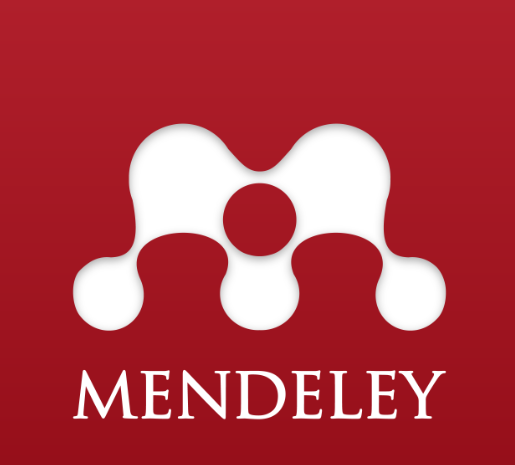PEMBENTUKAN PORTOFOLIO OPTIMAL PADA BEBERAPA SAHAM YANG MASUK PADA INDEKS PEFINDO25 YANG TERCATAT DI BURSA EFEK INDONESIA
DOI:
https://doi.org/10.22219/jmb.v5i1.5348Keywords:
PEFINDO25, Optimal Portofolio, Single Index Model, Return and RiskAbstract
This study aims to determine the stock that form the optimal portofolio and the proportion of funds invested and determine the rate of return and level of risk of the optimal portofolio of stocks that, is formed in the PEFINDO25 index listed on Indonesian Stock Exchange, in the study period at August 2011 to July 2013. The method of analysis used in this study is a single index model method and sampling techniques using purposive sampling. Based on the results of data analysis stocks that form the optimal portofolio in PEFINDO25 index in the period at August 2011 – July 2013, obtained three stocks included in the optimal portofolio members. The share are accompanied by the proportion of investment funds is BISI (BISI International Tbk) 48,4379%, GZCO (Gozco Plantations Tbk) 31,3017%, HRUM (Harum Energy Tbk) 20,2604%,. The stocks are result yield rate of return on a portofolio that will get investors at 0,151% and the portofolio risk level of 0,003%.Downloads
Download data is not yet available.
Downloads
Published
2018-02-07
Issue
Section
Articles
License
Authors who publish with this journal agree to the following terms:
- Authors retain copyright and grant the journal right of first publication with the work simultaneously licensed under a Creative Commons Attribution-ShareAlike 4.0 International License that allows others to share the work with an acknowledgment of the work's authorship and initial publication in this journal.
- Authors are able to enter into separate, additional contractual arrangements for the non-exclusive distribution of the journal's published version of the work (e.g., post it to an institutional repository or publish it in a book), with an acknowledgment of its initial publication in this journal.
- Authors are permitted and encouraged to post their work online (e.g., in institutional repositories or on their website) prior to and during the submission process, as it can lead to productive exchanges, as well as earlier and greater citation of published work (See The Effect of Open Access).

This work is licensed under a Creative Commons Attribution-ShareAlike 4.0 International License.




71.png)





